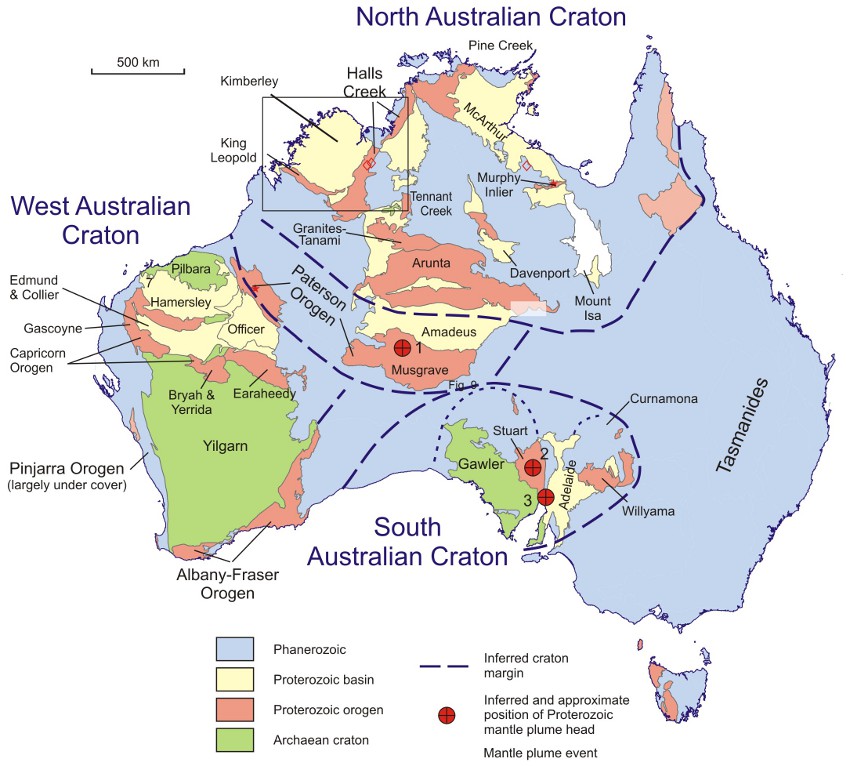Current Issues
 |
| N.d. Australia.comWeb. 10 Mar 2013. <http://www.australia.com/about/key-facts/australias-animals.asp&xgt;. |
Physical Geography
(Picture taken from: http://ilmiaji.com/new-zealand-physical-features.php/ )
Australia is a country, an island and a continent, located in Oceania between the Indian Ocean and the South Pacific Ocean. Australia's mainland has a total coastline length of 35,876 kilometers with an additional 23,859 of island coastlines.Australia has the largest area of ocean jurisdiction of any country on earth. Australia has no land borders. The northernmost points of this country are the Cape York Peninsula of Queensland and the Top End of the Northern Territory.The western half of Australia consists of the Western Plateau, a region that is generally flat, though broken by various mountain ranges and surface water is generally lacking in the Western Plateau. In the Eastern Highlands, or Great Dividing Range, lie the eastern coast of Australia which separates the relatively narrow eastern coastal plain from the rest of the continent.
Between the Eastern Highlands and the Western Plateau, lie the Central Lowlands;off the eastern coast of Australia is the world's largest coral reef complex, the Great Barrier Reef.
Geology
 |
| August 2006 LIP of the Month. N.d. Large Igneous Provinces CommissionWeb. 10 Mar 2013. <http://www.largeigneousprovinces.org/06aug>. |
Bibliography
"Australia Environment - current issues." Index Mundi. N.p., 26 07 2012. Web. 9 Mar 2013. <http://www.indexmundi.com/australia/environment_current_issues.html>.

No comments:
Post a Comment